Older adults are still working. And that’s not changing anytime soon.
According to a Pew Research Center study released in January 2014, the percentage of Americans ages 65 to 74 who are still in the workforce is expected to break the 30% mark in 2022. In the same year, it’s estimated that 67.5% of adults 55 to 64 will remain in the workforce.
The reasons people opt to continue working vary, but a recent article in U.S. News and World Report identifies four primary scenarios:
• They are still rebounding from the financial crisis during which their assets were lost.
• They are catching up from the extended period of low interest rates that reduced the value of savings.
• The age that people can claim full Social Security benefits is no longer 65 for anyone born after 1937.
• Longevity and good health allow older adults to work longer, providing more time to save for a shorter retirement.
Whatever the reason for the extended stay in the labor force, older adults often report challenges remaining relevant in their current jobs or having the skills to find and qualify for new employment.
“Technology and language tend to be the sticking points for mature workers,” says Frank Alaniz, Missouri Regional Workforce Liaison of the Missouri Job Center/SLATE American Job Center. “I tell my mature workshop participants, ‘It’s not how old you are, it’s about how up-to-date you appear.’ Many in our mature workforce have fantastic skills, but they still think it’s 1999. Managers are now 30-something and speak a new language. That language is technology, and older workers need to understand and embrace this new language and thought process to be successful in today’s job market,” says Alaniz.
He describes how different generations expect to receive messages in the workplace.
“It’s very simple,” he says. “We have the Millennials who tell me if it doesn’t show up on their phones, they will never see it. Next we have the Gen Xer’s who tell me, ‘email it to me, so I can read it.’ And then there are the Baby Boomers who say, ‘email it to me, so I can print it off to read it.’ It’s all about understanding the new terms: FAX now = Email; Email now = Text, etc. As a facilitator, I have to talk to three language groups: 20-somethings, 35 to 45-somethings and people 50+ in a way that everyone can understand.”
After translating the intergenerational code words for communicating in the professional world, the next critical step is understanding how to use the new technology effectively. Being relevant in today’s office means workers of all ages need to continually adapt to a rapidly evolving technology landscape. The most in demand technical skill for most employers is Microsoft Excel. Workers in today’s digital society may be tasked with one or all of the following technological job activities: understanding how to use the Google Drive or Microsoft Office Online; using smart phones or tablets to text and to order, track or sell merchandise or services; post and monitor social media channels; use PowerPoint; and manage and send digital images.
The Oasis Connections Program offers in-depth training designed specifically for adults 55+ who are looking to gain or improve computer skills required in today’s workplace. Connections courses cover a wide range of topics: very basic classes on use of computers, internet, smart phones and Tablets; use of Google and Microsoft Office business applications; and up to intermediate level Microsoft Word and PowerPoint. There are currently more than 35 courses including two focused on helping people with their job search: The Complete Job Search and Resumes and Cover Letters.
The Complete Job Search is about preparation and planning, identifying your interests and skills, and the online resources you need to succeed in finding a job in today’s environment. The course introduces students to the realities of online searches, email communication, social media networking, and cleaning up public social media accounts that might prove embarrassing as a job applicant. The course also includes two chapters on resumes.
Resumes and Cover Letters offers in-depth guidance on creating an effective resume and cover letters. Templates for both types of documents are available.
Oasis Connections is made possible with generous support from AT&T.
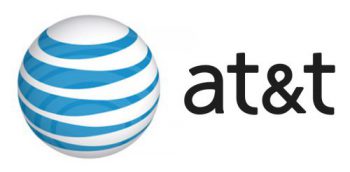

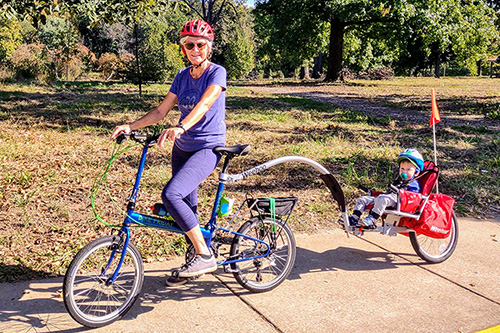
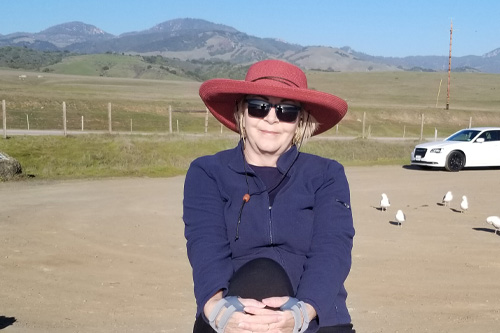
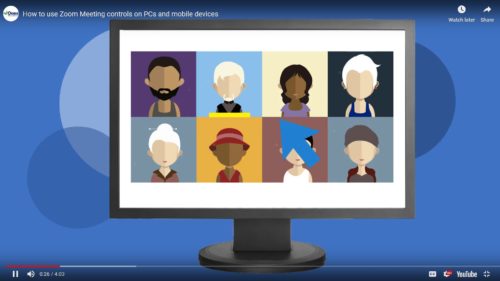
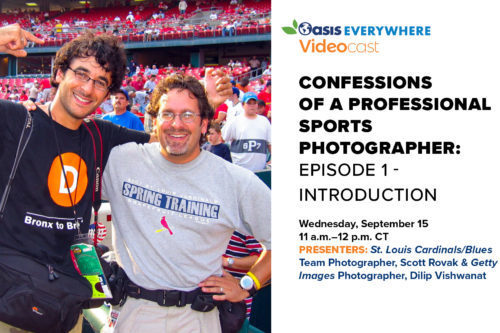
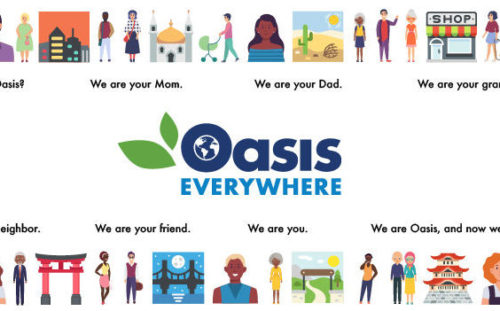
Leave A Comment
You must be logged in to post a comment.